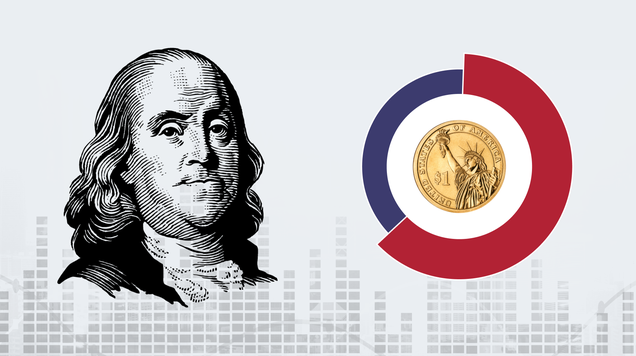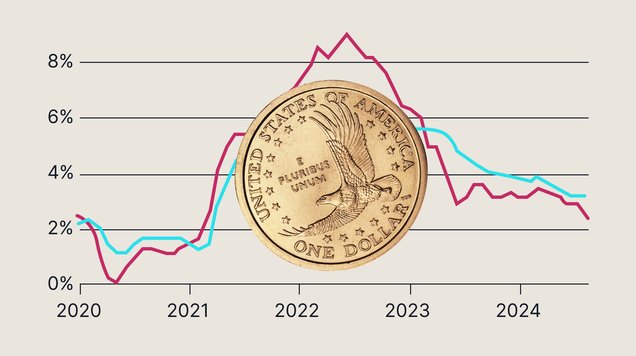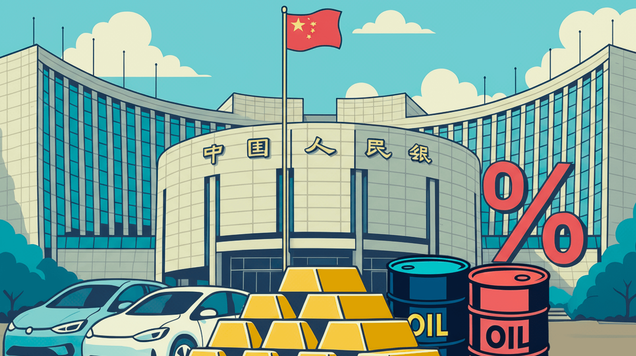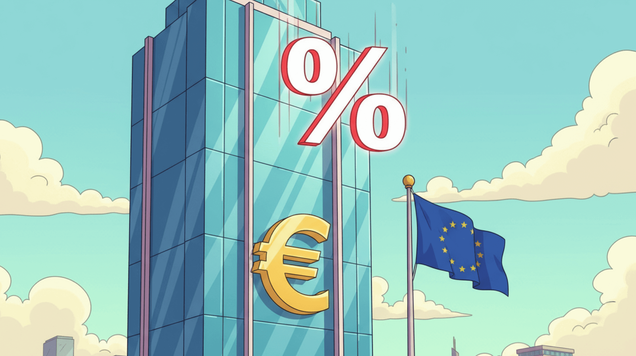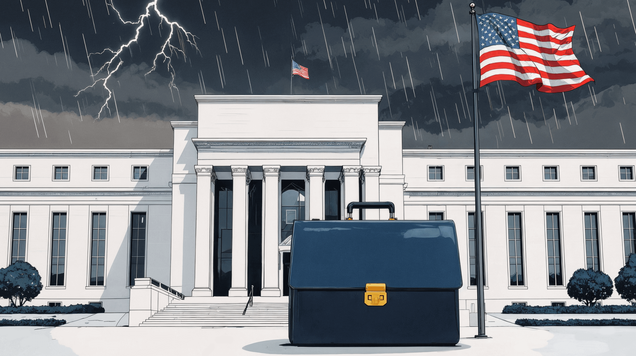Oil outlook Q3 2025
Oil markets in Q3 2025 remain fragile, with OPEC+ managing supply cautiously while geopolitical risks and uneven demand growth add to volatility.

OPEC+ raises output slowly to balance market stability and inventory buildup.
Geopolitical tensions and underinvestment continue to threaten global oil supply.
Emerging markets help offset weaker demand from the US and China.
Oil faces shifting supply and demand
In Q3, oil markets remain delicately balanced amid supply controls, persistent risks and uncertain demand. Volatility is expected, but tighter supply or rising tensions could push prices higher.
OPEC+ discipline and market stability
OPEC+ continues to play a key role in keeping the oil market balanced through controlled production. Despite mixed signals from major economies, this coordinated approach has helped keep prices relatively stable during the first half of 2025.
In Q1, OPEC+ produced an average of 35.2 million barrels per day (bpd), with 21.4 million bpd coming from OPEC-9 countries. From May, the group began raising output by 411,000 bpd each month in a cautious effort to ease restrictions without flooding the market. By the end of May, output reached 41.2 million bpd – though some countries stayed below their targets due to voluntary cuts or technical issues, keeping the overall supply increase moderate.
Meanwhile, global oil demand grew by around 720,000 bpd in the first half of the year. But weaker demand in the US and China slowed overall growth. As a result, oil inventories rose by about 800,000 bpd by the end of May.
This has made OPEC+ more cautious, with plans to review quotas regularly in Q3 based on stock levels and prices. Key producers like Saudi Arabia, Russia, and the UAE remain committed to this approach, helping support market confidence and reduce the risk of oversupply.
Structural supply disruptions
Beyond OPEC+ decisions, oil markets still face deeper structural challenges. Geopolitical tensions in the Middle East and Africa, along with underinvestment and weak infrastructure in some producing countries, continue to disrupt supply.
These issues are unlikely to be fixed soon and add a risk premium to oil prices. Any new conflict or production issue could cause prices to spike in Q3.
Demand in a changing price environment
On the demand side, consumers and industries are adjusting to higher oil prices. While some sectors are cutting back, overall demand remains relatively steady – especially in transport, petrochemicals and heavy industry.
Emerging markets like India, Brazil and parts of Southeast Asia are holding up well. Many of these countries are supported by government subsidies and local economic stimulus. Their steady demand may help balance out slower consumption in more developed economies.
